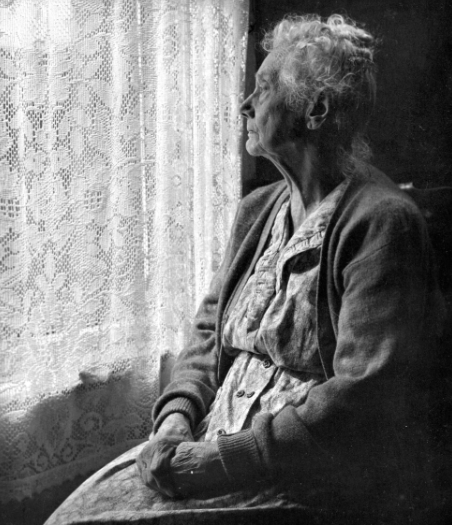
It was only five words: “Dear Justine, I saw you—”
The pen froze. The girl who had written it was fifteen, sitting by a window cracked open to a spring breeze in a quiet neighborhood of St. Louis, Missouri. Her name was Clara M., and though her world was small—just school, church, and home—her heart lived much larger. Every afternoon, she rushed home from classes, changed out of her uniform, and turned on the wooden Zenith television set in the family room.
That day, in the spring of 1961, Clara had seen something that moved her in a way she didn’t understand yet. Justine Carrelli—with her signature bouffant hairstyle and a lemon-yellow dress—had danced a slow number with Bob Clayton. The way she smiled, slightly bashful yet confident, stirred something in Clara. It wasn’t just admiration. It was identification. Clara felt invisible at school, but watching Justine, she saw a version of herself that could be seen, heard, even admired.
Clara picked up her diary, turned to a fresh page, and began writing what she imagined would be a fan letter. But after five words, her hand trembled. She wasn’t sure what came next. Should she praise Justine? Ask a question? Tell her about the loneliness that crept in every day between lunch and geometry class?
She closed the diary and never returned to the letter.
The Diary in the Shoebox
In 2024, Clara’s niece, Lila, found the diary inside a worn shoebox marked “Old School Stuff” while helping her aunt move into assisted living. Flipping through the pages of teenage heartbreaks, unfinished poems, and folded notes passed in class, Lila came across the line.
“Dear Justine, I saw you—”
And that was it.
Lila asked Clara about it. And Clara, now 78, laughed softly. “I was going to write to her. Justine Carrelli. She made me feel like… I didn’t have to shrink myself.” Then her eyes grew misty. “But I didn’t think I was interesting enough for anyone to care.”

Clara admitted she had never told anyone—not her parents, not her best friend—about how much American Bandstand meant to her. She watched not just for the music, but for the girls who looked like they belonged. Who were confident, stylish, and adored.
“Justine wasn’t loud or flashy,” Clara explained. “She was graceful. She smiled with her eyes. She made space for girls like me to believe we could be more than wallpaper.”
One Silent Impact
Clara never wrote to another dancer. Never even mentioned her fandom to her husband of 52 years. But inside, she carried that brief flicker of recognition—the kind that tells a lonely girl she’s not truly alone.
She said, “I wanted to thank her. Justine. For being that quiet inspiration. For letting me borrow her confidence through a screen.”
When Lila suggested they mail the letter—finally—Clara shook her head. “No, honey. It’s okay. She gave me what I needed. And I gave myself something too: permission to take up space.”

Legacy in a Line
That single line, frozen in time, now hangs in a small frame in Clara’s room, next to a black-and-white photo of Justine Carrelli dancing on American Bandstand.
It reads: “Dear Justine, I saw you—”
And it’s enough. Because for Clara, the act of almost-writing was its own kind of courage. A whisper to the past that still echoes.
Do you remember watching Justine dance? Or the way someone on Bandstand made you feel a little less invisible?
📝 Share your story with us here: